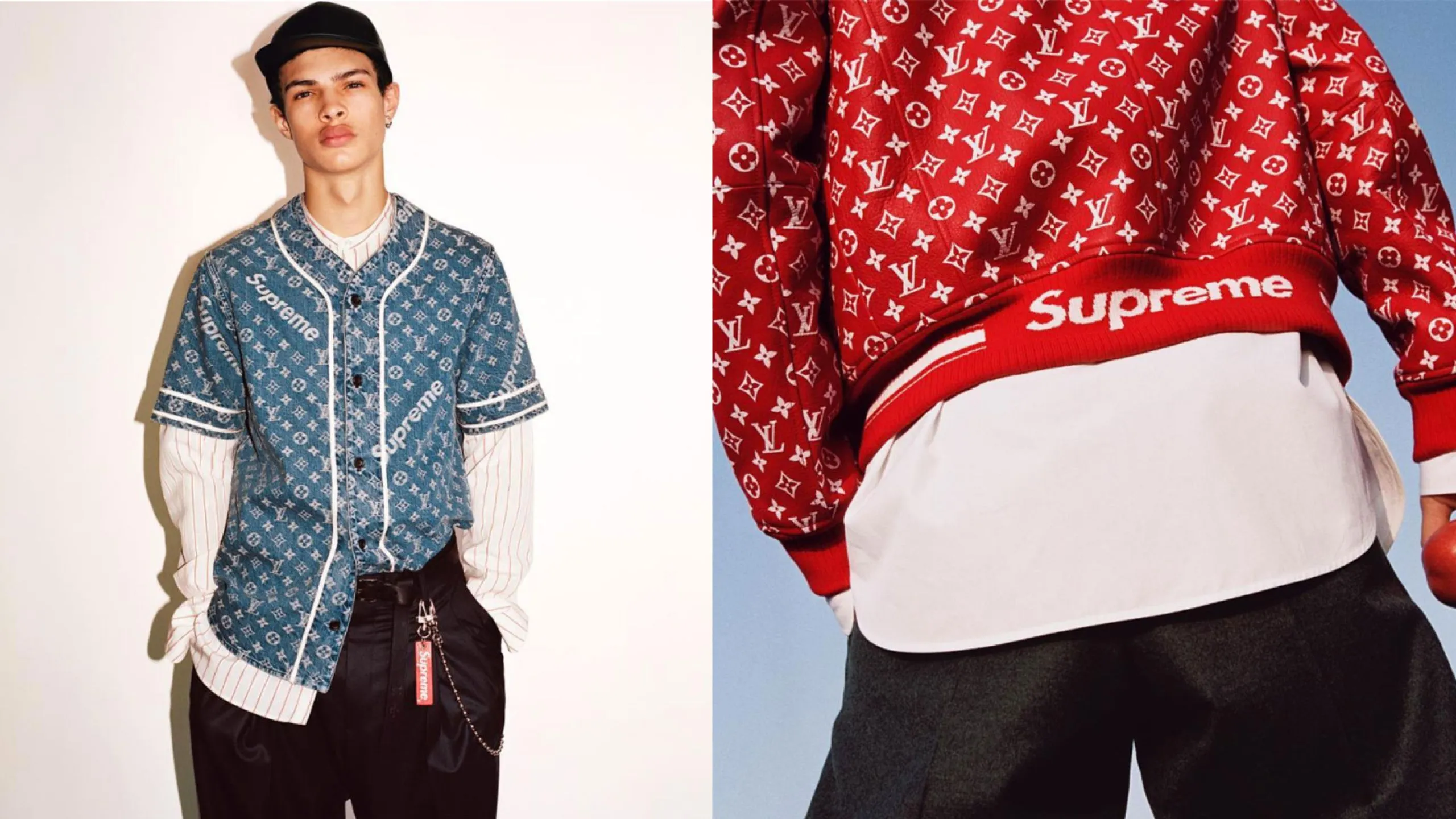Anyone doubting gaming’s impact should consider the newest smash hit from HBO: The Last of Us.
This PlayStation game was downloaded 20 million times in six years and won several “Game of the Year” awards before becoming the critically-acclaimed show starring Pedro Pascal.
Our lives are increasingly impacted by gaming culture, and brands should take note. As of 2023, there are more than 3 billion active video gamers worldwide. It’s no surprise that the video game market is worth a massive $197.11 billion.
The ability to socialize and play is the biggest value driver for gamers today, and immersive gameplay will be a way for brands to build stronger connections with their audiences, boost brand awareness, and stand out while making truly creative and engaging content.
At the same time, brands should also take note of the fact that their audience’s lives aren’t the only thing being impacted by gaming: so are emerging, experiential technologies.
The ever-expanding demographics of gaming
Although more than 3 billion people are already active gamers, as more games become more immersive and accessible, even more individuals representing various demographics will take up gaming.
This trend is already well underway. For example, gaming has long been pigeonholed as an activity strictly for teenage boys. Over the last decade, however, Statista reports that the ratio of male to female gamers has narrowed from 62%-38% to 52%-48%.
Today, people from all backgrounds love gaming. Whether that’s playing Candy Crush on a smartphone, battling League of Legends opponents on a PC, or trying their hand at The Last of Us on a PlayStation, more and more users across demographics find joy in video games.
The increasingly widespread appeal of gaming proves that it has massive potential as a place to engage with audiences. As it continues to expand, gaming’s future looks to be at the intersection of rapidly emerging immersive technology and social media.
A new wave of gaming
Immersive technology is ushering in a new wave for the gaming world. This genre of tech has dominated headlines for the past several years and includes innovations like artificial intelligence, augmented reality, and—dun dun dunnnn!—the metaverse.
Despite Mark Zuckerbeg’s insistence that the metaverse is the “next chapter of the internet,” the Meta CEO’s vision for an immersive, connective digital world is still yet to be embraced by the public.
Our research shows that only 16% of people understand what the metaverse is, which is one reason why hesitancy underscores all things metaverse-related. This combined lack of understanding and hesitancy has made it at times difficult to understand why experts like Zuckerberg remain steadfast in their belief in the metaverse’s potential.
But, to understand the metaverse’s potential, we need only to look at it through the lens of gaming’s immersive new wave.
“Immersive social experiences” drive engagement
The biggest driver for gamers today is the ability to socialize and build new experiences through online communities. Some of the most powerful brand activations of 2022 were made by creating immersive social experiences on gaming platforms.
The most visited experiences on Roblox, for instance, included games created by brands like Vans, Sonic Games, and Gucci, with Sonic Speed topping the chart at more than 61 million visits from users month-over-month.
“What you see is gaming is eating large parts of the consumer web: fashion, dating, events, concerts,” says Rec Room’s co-founder and CEO, Nick Fajt, “These things are now moving into the gaming world in a way that was unthinkable 20 years ago.”
In short, brands are creating fully immersive experiences that engage users by allowing them to connect and socialize in a digital world.
…Sounds an awful lot like the metaverse, doesn’t it?
Indeed, the only thing about these “immersive social experiences” that appears to differentiate them from “the metaverse” is their popularity. Tens of millions of people flock to gaming platforms for these immersive experiences brands create. The metaverse, on the other hand, is supposed to be something that 84% of people don’t even understand.
But the truth is that the only separation between immersive social experiences on platforms like Roblox and the metaverse is the way they’re framed: gaming provides an entry point that’s universally accessible.
To outlast, brands must outgame
The success of The Last of Us has proven beyond all doubt that gaming’s cultural impact is here to stay.
People of all ages and genders have tuned in to HBO’s game-turned-show. Likewise, brands stand to benefit from the same wide-ranging audience by using gaming to bridge the gap between that audience and new technologies that, while innovative and exciting, have suffered from inaccessibility.
By combining immersive social experiences with gaming, brands earn the ability to drive powerful engagement, connect with their audience in a new way, and position themselves at the forefront of emerging tech.
In this way, outlasting competitors into the next chapter of tech might just be a matter of outgaming them.





